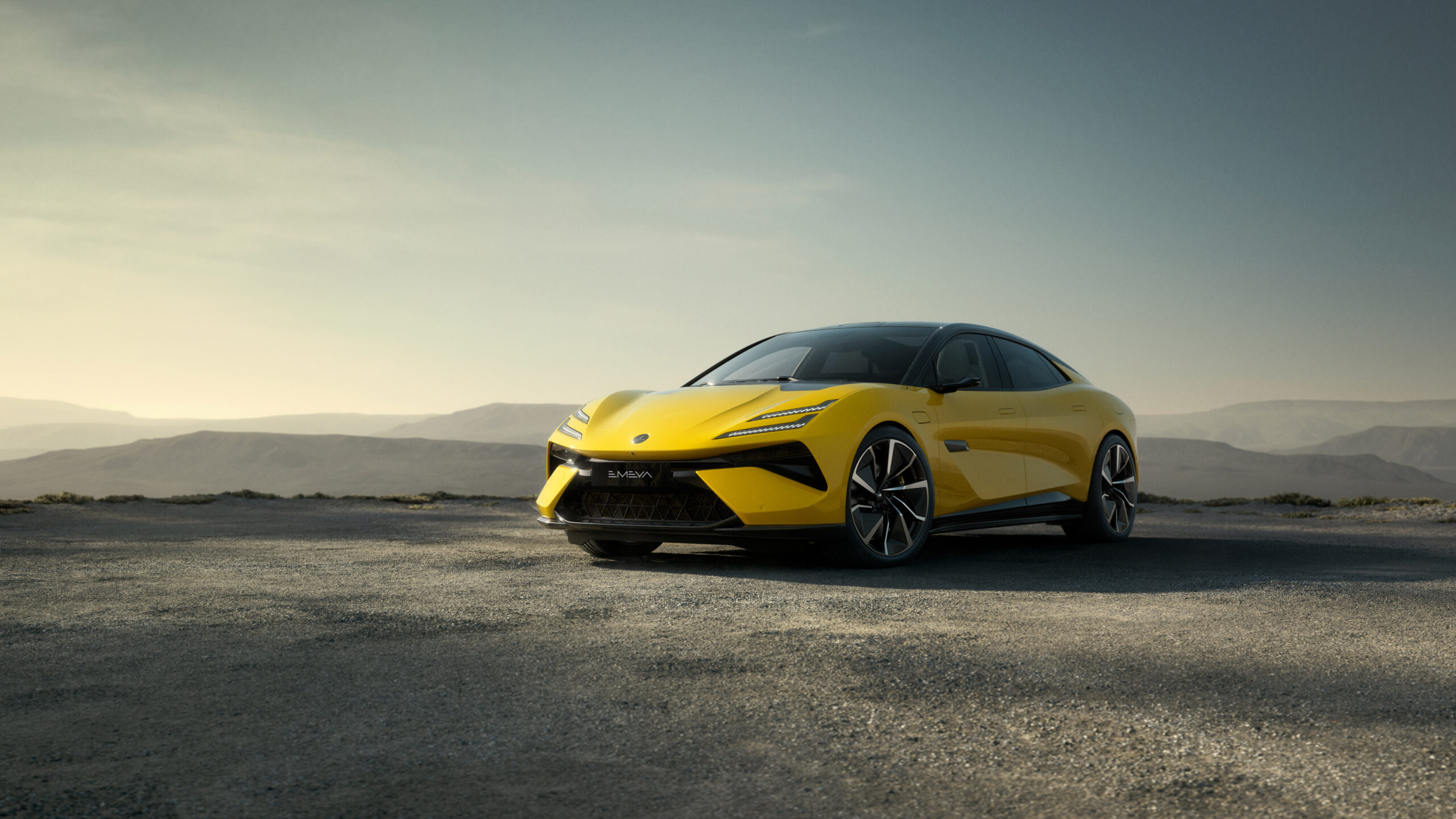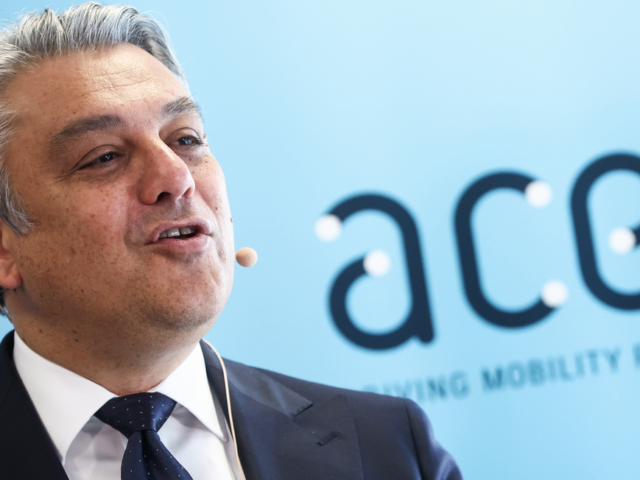In the annual charging test from P3, the Lotus Emeya set a new benchmark, charging 458 kilometers in only 20 minutes. This is the highest ever recorded, highlighting Chinese advancements in charging technology and crowning the Lotus the long-distance champion. Previous winners in the test were the Mercedes EQS, Kia EV6, and Lucid Air.
Every year, P3, a management consulting firm in electric mobility, launches the P3 Charging Index (P3CI), a benchmark for evaluating electric vehicles’ long-distance charging capabilities. It matches recharging times to consumption figures.
After Europe and the US, this year’s edition was presented in Asia for the first time at the Electric Vehicle Symposium in Seoul, Korea, with testing performed in the US and Europe. The latest edition crowned a winner surpassing all previous gold medals.
Moving the goalposts
The Emeya from Geely-owned Lotus moved the goalposts with a P3 Charging Index of 1.53 (Lucid Air was heralded an index of 1.04 last year, so the Lotus performed 32% better). The Emeya recharged enough power for 458 kilometers in just 20 minutes.
This impressive result was partially constrained by the methodology, which included six minutes of lower-capacity charging after the initial rapid charge. From 10% to 80% charge, the Emeya maintained an average charging power of 331 kW.
The test evaluated ten electric cars from various manufacturers, with the longest-range version each time. The lineup included models like the Mercedes-Benz EQS 450+ and BMW i7 eDrive50, both equipped with 100 kWh batteries, and ‘local heroes’ like the Kia EV9 RWD, Genesis G80 Electrified, and Hyundai Ioniq 6 RWD.
From China, the BYD Atto3, Nio ET5 Touring, and Xpeng G9, which have long-range batteries, competed. Finally, the recently added long-distance version of the Tesla Model Y, the Long Range RWD, was added. Within the test procedure, specialized instruments were used to guarantee that the charging station didn’t underdeliver on each model’s charging performance.
Most are suited for long travels
Seven of the ten models exceeded a P3CI of 1.0, indicating they are suitable for long journeys. The Hyundai Ioniq 6, with an average charging capacity of 184 kW and exemplary low consumption, and the Kia EV9, with a larger battery and consistent charging at around 200 kW, also performed well.
As for fuel efficiency, the aerodynamically optimized Ioniq 6 was followed by two SUV models, the Tesla Model Y and BYD Atto 3, surpassing sedans like the EQS and Emeya. The Kia EV9 and Xpeng G9 lagged behind in fuel consumption.
The latter achieved the second-highest peak charging power of 320 kW but averaged 233 kW due to its high consumption rate of 19.4 kWh/100 km, resulting in a P3CI of 1.20 and placing third. The Mercedes EQS 450+ won the edition in 2021 as the EQS 580 and secured second place with a P3CI of 1.24. It charged more slowly but consistently with its 400-volt system and consumed 16.4 kWh/100 km.
Towards a 15-minute standard?
P3’s analysis underscores significant strides in EV charging capacities, but current charging infrastructure might become a bottleneck as some vehicles’ capabilities outstrip the power delivery of existing stations.
According to the consultancy firm, the standard 20-minute charging time may soon be outdated. Vehicles like the Lotus Emeya can achieve a 10% to 80% state of charge (SoC) in less than 15 minutes.
The P3 Charging Index is technically fascinating and crucial for electric vehicles that frequently cover long distances of over 300 kilometers that require recharging mid-journey.
However, in Belgium, where travel distances are shorter, the results are less pertinent since EV drivers charge eight out of ten times at home or at their destination.




Comments
Ready to join the conversation?
You must be an active subscriber to leave a comment.
Subscribe Today